How Profitable is Cassava Farming in Nigeria?
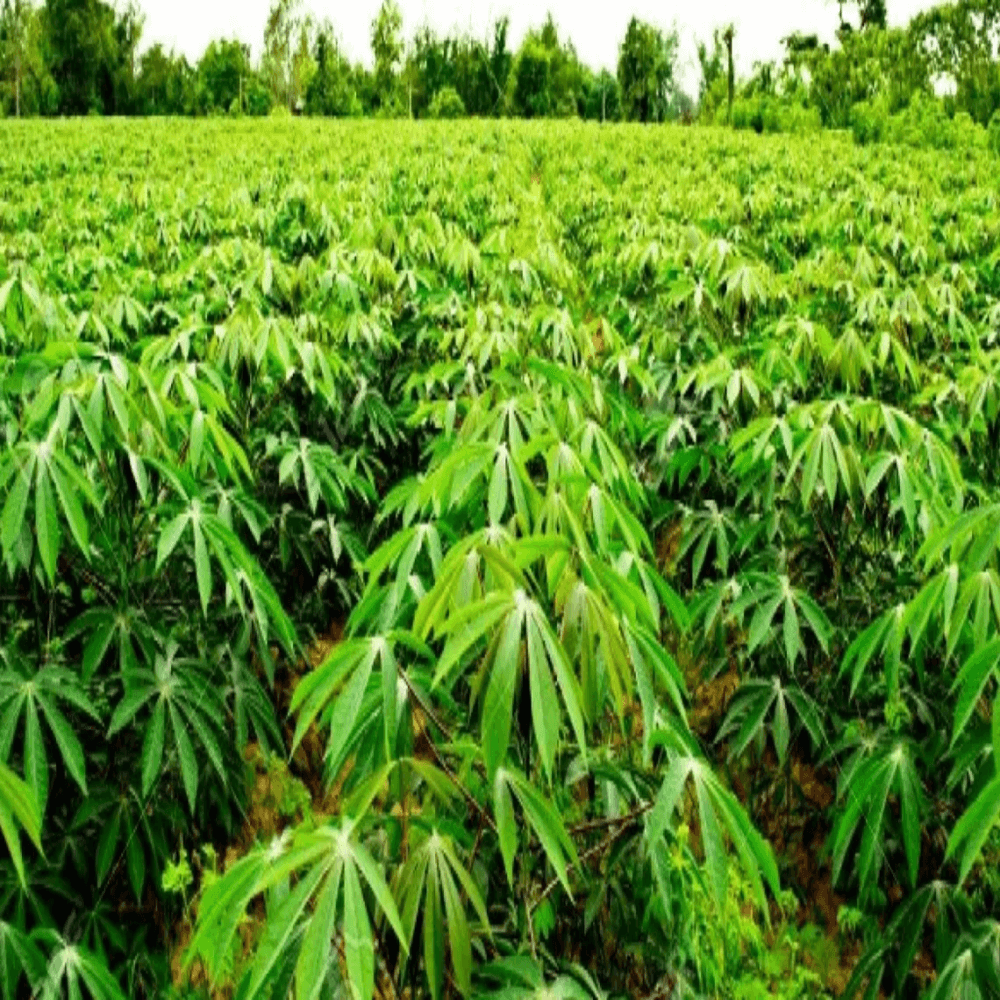
Cassava farming has long been a staple of Nigerian agriculture, playing a crucial role in both food security and economic development. As Africa’s largest producer of cassava, Nigeria has seen this crop evolve from a subsistence staple to a commercial powerhouse. but how profitable is cassava farming in Nigeria?
This article delves into the profitability of cassava farming in Nigeria, examining current market trends, costs, revenue potential, and the factors that influence the sector’s economic viability.
Overview of Cassava Farming in Nigeria
Nigeria is the world’s largest producer of cassava, with an annual production of approximately 59 million tons as of 2017, according to the United Nations Food and Agriculture Organization (FAO). This accounts for about 20% of global production and about 34% of Africa’s output. By 2021 production had reached about 63 million tons.
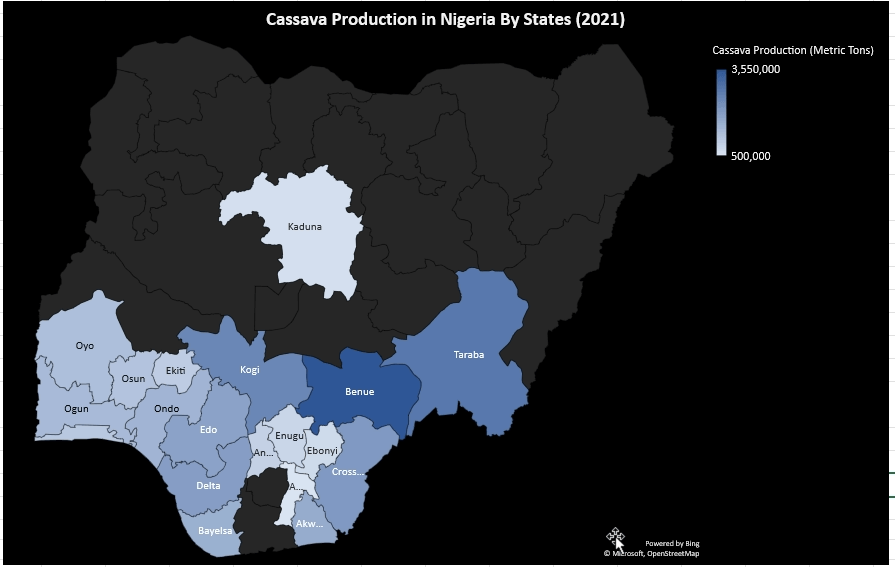
Key facts about cassava farming in Nigeria:
- Cassava is grown in 24 of Nigeria’s 36 states, with the highest production in the Middle-belt, South-South, and South-East regions.
- It is a major source of carbohydrates for about 80% of Nigeria’s population.
- The crop is versatile and used for various products including garri, fufu, tapioca, and industrial starch.
- Cassava farming employs over 30 million farmers and countless others in the processing and marketing sectors.
- A major proportion of cassava crops is consumed, and less than 5% is traded globally.[1]
- Growth of cassava production has been consistently high between 1970 – 2017 and production grew at a rate as high as 10.6% per year.
[1] Ikuemonisanm E.S., Mafimisebi, T.E., Ajibefun, I., and Adenegan, K. (2020). Cassava Production in Nigeria: Trends, Instability, and Decomposition Analysis (1970–2018). Heliyon. Vol. 6, Issue 10.
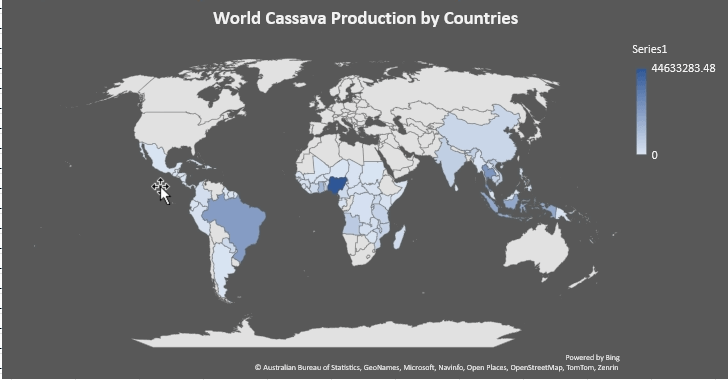
Current Market Trends
The cassava market in Nigeria has been evolving rapidly in recent years, driven by both domestic and international factors:
Increased Demand
The demand for cassava and its derivatives has been on the rise. The Federal Government’s policy on cassava flour inclusion in wheat flour for bread-making has boosted demand from the flour milling industry.
Export Opportunities
Nigeria has been exploring export markets for cassava products. According to OEC data, Nigeria exported cassava products worth $733k in 2022. This made Nigeria the 61st largest exporter of cassava in the world. As one of the world’s largest producers of cassava, Nigeria has the potential to increase its worth of exports in the future.
Industrial Uses
There’s growing interest in cassava for industrial applications, particularly in the production of ethanol, starch, and high-quality cassava flour (HQCF).
Price Trends
The price of cassava has been generally trending upwards. According to the National Bureau of Statistics, the average price of 1kg Garri white sold loose went up by 167.98% on a year-on year basis from N429.89 in July 2023 to N1,151.79 in July 2024. Similarly, there was an increase of 1.43% on a month-on-month basis.
Government Support
The Nigerian government has implemented several initiatives to boost cassava production. These include the Anchor Borrowers’ Programme, Nigeria Cassava Growers Association, and the Presidential Cassava Initiative.
Costs Associated with Cassava Farming
To assess profitability, we need to consider the costs involved in cassava farming. These can be broadly categorized into fixed costs and variable costs:
Fixed Costs
- Land Acquisition/Rent: This varies widely depending on location. In rural areas, it could be as low as ₦20,000 – ₦150,000 per hectare per year, while in sub-urban areas, it could go up to ₦100,000 – ₦200,000 per annum.
- Farm Equipment: Basic equipment like hoes, machetes, spades, wheelbarrows, and baskets could cost around ₦50,000 – ₦100,000 for a small farm.
Variable Costs (per hectare)
The variable costs represented here depend on location. Prices may vary depending on your location. you are therefore advised to confirm the actual price of these inputs in your proposed farming location.
- Land Preparation: ₦200,000 – ₦500,000
- Planting Materials (Cassava Stems): approximately 60 bundles are required (price vary depending on locality) ₦30,000 – ₦180,000
- Inorganic Fertilizers: approximately 10 – 50 (50kg bags) depending on soil fertility. Price also varies – ₦3,000 – ₦15,000
- Organic Fertilizers: approximately 6 – 8 bags depending on soil fertility. prices vary – ₦180,000 – ₦240,000
- Pesticides and Herbicides: ₦20,000 – ₦100,000
- Labor for planting: ₦40,000 – ₦120,000
- Labor for harvesting: ₦60,000 – ₦180,000
- Labor for weeding (optional): ₦100,000 – ₦600,000
- Transportation and logistics: depends on distance to farmland, ₦30,000 – ₦150,000
- Miscellaneous expenses: ₦20,000 – ₦100,000
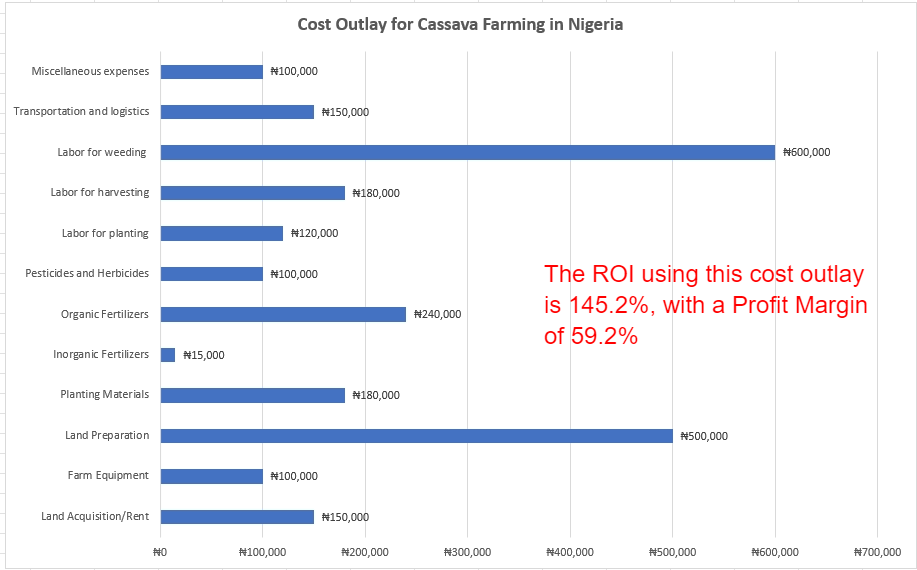
These costs can vary significantly based on factors such as location, farming practices, and market conditions. Including irrigation also increases the total cost.
Let’s assume that we added the construction of an irrigation plant at ₦5,000,000, depending on location and size. The total fixed cost will become approximately ₦5,300,000.
Based on the above cost estimates, for a one-hectare farm, total costs could range from ₦653,000 to ₦1,835,000 per production cycle. The production cycle typically depends on plant variety and can range between 6 – 18 months. The cycle will also affect the cost outlay.
Revenue Potential
The revenue from cassava farming depends on several factors, including yield, market prices, and the form in which the cassava is sold (raw tubers or processed products).
Yield
The average yield of cassava in Nigeria depends on the plant variety and farming practices. Typically, yield is about 10 – 30 tonnes per hectare. But with improved farm practices and varieties, yields of up to 36 – 53 tonnes per hectare are achievable. A typical variety with high potential yields of up to 46 – 53 tons per hectare is the UMUCASS variety.
Prices
Seasonality, location, production cost, and demand are the dominant factors that affect the price of cassava tubers and cassava by-products. For the purpose of this research, we’ll concentrate on cassava tubers. According to BestSales.ng, the prices for fresh cassava tubers as at September 16, 2024, ranged from ₦150,000 to ₦170,000 per tonne.
Revenue Calculation
For a yield of 10 tonnes per hectare at ₦150,000/tonne = ₦1,500,000
For an improved farm practice and variety with yield of 46 tonnes per hectare at ₦150,000/tonne = ₦6.900,000
Note that prices fluctuate from time to time, and processing cassava into products like Garri, fufu, or chips can significantly increase revenue. For instance, a tonne of cassava chips as of September 18, 2024, ranges from ₦530,000 – ₦550, 000.
How Profitable is Cassava Farming?
Based on the costs and revenue potential outlined above, we can perform a basic profitability analysis:
Scenario 1: Traditional Farming (1 hectare)
- Total Costs: ₦733,000[1]
- Revenue (10 tonnes at ₦150,000/tonne): ₦1,500,000
- Profit/Loss: ₦767, 000.00
Scenario 2: Improved Farming Practices and Variety (1 hectare)
- Total Costs: ₦1,835,000
- Revenue (without irrigation, 30 tonnes at ₦150,000/tonne): ₦4,500,000.00
- Revenue (with irrigation, 46 tonnes at ₦150,000/tonne): ₦6,900,000.00
- Profit (without irrigation): ₦2,665,000.00
- Profit (with irrigation, year 1): ₦65,000.00[2]
These scenarios demonstrate that cassava farming is profitable, however, traditional cassava farming may struggle, but improved farming practices can significantly enhance profits.
Key profitability indicators
Using the first and second scenario (without irrigation), let’s look at the RoI and profit margins.
Scenario 1:
Return on Investment (ROI):
ROI = Profit / Cost outlay = (767,000 / 733,000) * 100 = 105%
Profit Margin:
PM = Profit / Total Revenue = (767,000 / 1,500,000) * 100 = 51%
Scenario 2 (without irrigation)
Return on Investment (ROI):
ROI = Profit / Cost outlay = (2,665,000.00 / 1,835,000) * 100 = 145.2%
Profit Margin:
PM = Profit / Total Revenue = (2,665,000.00 / 4,500,000) * 100 = 59.2%
It’s worth noting that these figures are based on a single production cycle, which typically lasts 6 – 18 months. Annualized returns would depend on the production cycle.
Challenges and Risks
While cassava farming can be profitable, it faces several challenges:
Price Volatility
Cassava prices can fluctuate significantly due to seasonal variations. Production costs. and changes in supply and demand. According to the National Bureau of Statistics, the average price of 1kg of garri increased by 167.98% between July 2023 and July 2024, but such increases are not always consistent or predictable.
Pests and Diseases
Cassava is susceptible to pests like the cassava mealybug and diseases like cassava mosaic disease, which can significantly reduce yields. It is estimated that the cassava mosaic disease can cause yield losses of 20 – 90% (Moses E. Asafu-Agyei J.N., Adubofour K,, and Adusei A., 2007)[3].
Post-Harvest Losses
Fresh cassava roots have a short shelf life, and inadequate storage and processing facilities lead to significant post-harvest losses. The FAO estimates that post-harvest losses in cassava in sub-Saharan Africa can be as high as 15 – 30%.
Limited Access to Credit
Many smallholder farmers struggle to access the capital needed for improved inputs and technologies. According to the Central Bank of Nigeria, only about 5.9% of total commercial bank loans go to the agricultural sector.
Infrastructure Challenges
Poor road networks and inadequate storage facilities increase transportation costs and post-harvest losses. The Rural Access and Mobility Project (RAMP) reports that only about 10 – 15% of rural roads in Nigeria are in good condition.
Market Access
Some farmers, particularly in remote areas, face difficulties in accessing profitable markets for their produce. This often results in farmers selling at lower prices to middlemen.
Climate Change
Changing weather patterns and extreme weather events pose risks to cassava production. The Nigerian Meteorological Agency (NiMet) has reported increasing variability in rainfall patterns, which can affect cassava yields.
Opportunities for Improvement
Despite these challenges, there are several opportunities to enhance the profitability of cassava farming in Nigeria:
Adoption of Improved Varieties
High-yielding, disease-resistant cassava varieties developed by research institutions like the International Institute of Tropical Agriculture (IITA) and the National Root Crops Research Institute (NRCRI) can significantly boost productivity. Improved varieties are not only high-yielding but are also resistant to diseases.
Mechanization
Increased use of machinery for land preparation, planting, and harvesting can reduce labor costs and improve efficiency. The Federal Ministry of Agriculture and Rural Development’s Agricultural Mechanization Program aims to increase the mechanization rate from 0.3 hp/ha to 0.8 hp/ha.
Value Addition
Processing cassava into products like garri, cassava chips, flour, or starch can increase profit margins significantly. The Food and Agricultural Organization (FAO) estimates that the demand for cassava starch in Nigeria is over 350,000 tonnes annually, presenting a huge opportunity for value addition.
Contract Farming
Partnerships with processors or exporters can provide guaranteed markets and potentially higher prices for farmers. Companies like Nigerian Breweries Plc have initiated cassava contract farming schemes, providing a stable market for farmers.
Precision Agriculture
The use of technologies like soil testing and precision fertilizer application can optimize inputs and increase yields. The National Agricultural Seeds Council is promoting the use of these technologies to improve crop yields.
Access to Finance
Improved access to credit and insurance products tailored for cassava farmers can help mitigate risks and enable investment in improved practices. The Central Bank of Nigeria’s Anchor Borrowers’ Programme has provided over ₦200 billion in funding to over 1.5 million farmers, including cassava farmers.
Capacity Building
Training farmers in best practices for cassava production and business management can enhance productivity and profitability. Organizations like the Nigerian Cassava Growers Association regularly conduct training programs for farmers.
Conclusion
Cassava farming in Nigeria has significant profit potential, especially when improved farming practices and value addition strategies are employed. While traditional smallholder farming may struggle with profitability, the adoption of high-yielding varieties, mechanization, and processing can transform cassava farming into a lucrative enterprise.
Key factors influencing profitability include:
- Yield optimization through improved varieties and farming practices
- Value addition through processing
- Access to profitable markets
- Efficient cost management
The potential for profitability is underscored by Nigeria’s position as the world’s largest cassava producer, with an annual production of approximately 61 million tonnes. The growing domestic and international demand for cassava and its derivatives further enhances the sector’s economic viability.
However, challenges such as price volatility, pests and diseases, and infrastructure limitations must be addressed to fully realize the sector’s potential. Government support, private sector investment, and capacity building for farmers will be crucial in overcoming these challenges.
Recent initiatives like the Central Bank of Nigeria’s Anchor Borrowers’ Programme and the Federal Government’s cassava flour inclusion policy are positive steps towards creating a more enabling environment for cassava farmers. These policies, coupled with ongoing research and development efforts by institutions like IITA and NRCRI are likely to further enhance the profitability of cassava farming in Nigeria.
As Nigeria continues to position itself as a global leader in cassava production, the opportunities for profitable cassava farming are likely to grow. The export potential, particularly to other African countries and Asia, presents additional avenues for market expansion and increased profitability.
In conclusion, while cassava farming in Nigeria faces challenges, it offers substantial profit potential for farmers who can leverage improved practices, access to finance, and value-addition opportunities. With the right strategies and support, cassava farming can continue to be a significant contributor to Nigeria’s agricultural sector and overall economic development. You can be part of this viable business sector by using our well-crafted business plan on Yam and Cassava Farming as a starting point. What do you think about the profitability of cassava farming in Nigeria? The comment box is open for your contributions.
[1] The cost of weeding was added while the cost of herbicides and pesticides were removed.
[2] Note that the cost of irrigation plant was covered in the first year, thus, subsequent years will have higher profits and profitability ratio.
[3] Moses E. Asafu-Agyei J.N, Adubofour K,, and Adusei A., (2007). Guide To Identification and Control of Cassava Diseases. CSIR-Crops Research Institute, Kumasi Ghana.




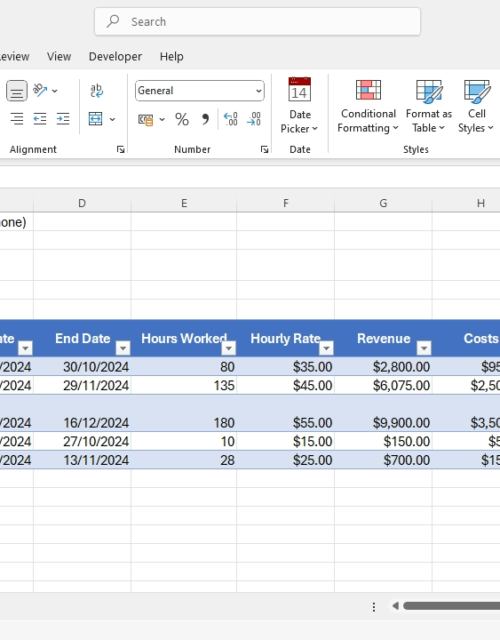
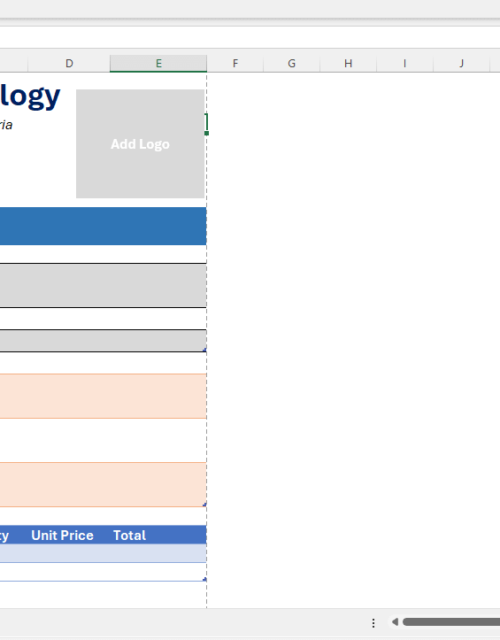
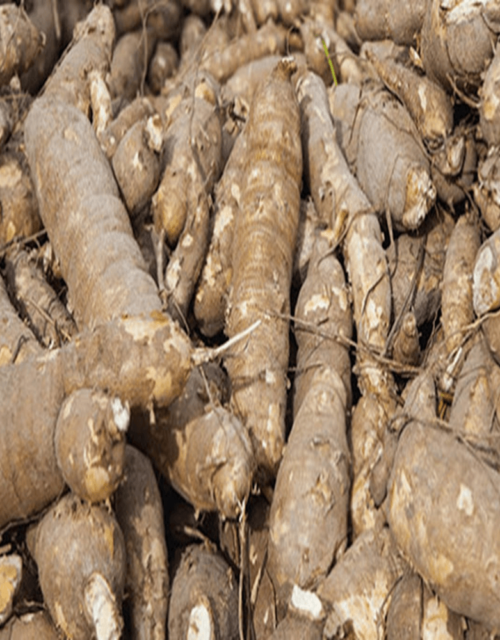
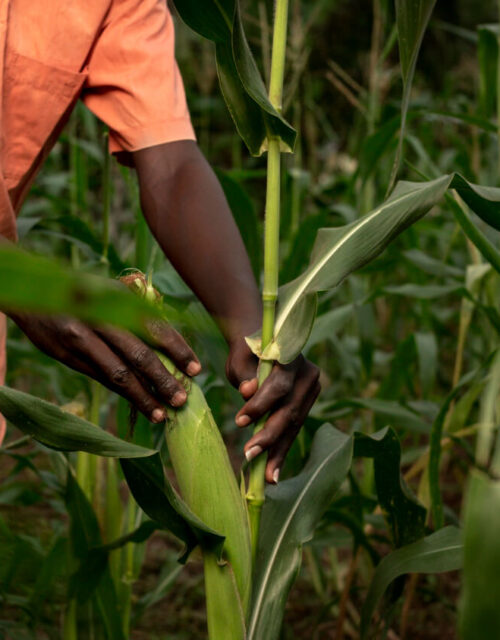


where or how can i get the UMUCASS variety of cassava. i am staying in Ogun State
UMUCASS can be gotten from NRCRI Umudike, Abia State or from IITA, Ibadan. Meanwhile, some people already have the variety. Ask around to know if anyone have the variety within your locality.